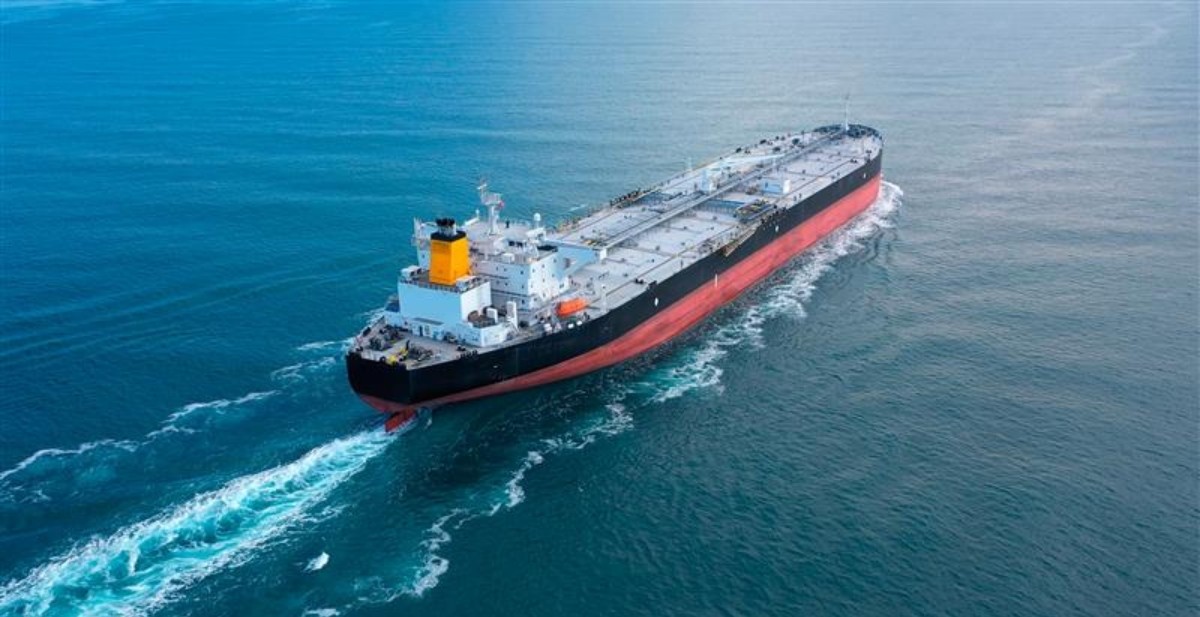Baltic Exchange Expands Tanker Benchmark Portfolio with Two New Canadian Crude Routes

Baltic Exchange has launched a series of new Aframax tanker benchmarks, TD28, which is now live on the Intercontinental Exchange (ICE) as of 13 October, and TD29, to reflect the growing significance of Canadian crude exports to the Asia-Pacific market and strengthening its role as the global benchmark provider for freight indices.
TD28 will track voyages from Vancouver to Ningbo, China, while TD29, which is currently in development, will assess voyages from Vancouver to the Pacific Area Lightering zone off the US West Coast. Both routes have emerged as key trade flows following the completion of the Trans Mountain Expansion (TMX), which began commercial operations on 1 May 2024. The expansion nearly tripled the pipeline’s capacity, from around 300,000 barrels per day (bpd) to 890,000 bpd, unlocking new export opportunities and significantly boosting Canada’s access to Asia-Pacific energy markets.
Before the TMX expansion, Vancouver’s Westridge Marine Terminal could accommodate just five Aframax tanker calls per month. Following the upgrade, the expanded terminal can now handle up to 34 Aframax calls per month, representing a step-change in export capacity and reshaping trade dynamics across the Pacific.
“This is a classic example of the Baltic responding directly to market needs,” said Matt Cox, Head of Benchmark Production at Baltic Exchange. “The new routes were first suggested by our advisory councils, and through continuous engagement with brokers, charterers and shipowners, we’ve developed benchmarks that reflect real and growing trade activity.”
Because fully loaded VLCCs cannot load at Vancouver, Aframax vessels have become the standard for these shipments. Cargoes typically either sail directly across the Pacific to China (TD28) or are lightered onto larger tankers off California before continuing their journey east (TD29). As these trade flows gained traction, particularly amid heightened US-Canada trade tensions and growing demand for Canadian crude, demand for independent pricing benchmarks increased.
The development of TD28 and TD29 followed the Baltic’s rigorous index creation process, including blind and private trials with market panellists and a public consultation phase. Both routes met Baltic Exchange’s criteria for liquidity, panel participation, and commercial relevance before being adopted.
Matt emphasised that this collaborative, data-driven approach is at the heart of how Baltic Exchange develops new indices. “New routes are launched after extensive monitoring, consultation and testing to ensure it reflects genuine trade flows and provides real value to the market,” he explained. “That’s why collaboration with our panel and advisory councils is so important, it helps us make sure our benchmarks mirror market reality as closely as possible.”
The launch also highlights Baltic Exchange’s broader commitment to flexibility and innovation. Regular advisory council meetings and active dialogue with industry participants ensure its benchmarks evolve in line with shifting trade patterns, geopolitical dynamics and new regulatory considerations such as EU ETS and FuelEU Maritime.
“Our engagement with the market is continuous,” Matt added. “TD28 and TD29 are the latest examples of how we listen to members and deliver products that meet the industry’s changing needs. But they’re also part of a much bigger story, one where we’re constantly adapting to ensure our data stays relevant as global trade, regulation and energy dynamics evolve.”
Looking ahead, Matt noted that while it is still early days for both routes, they already show strong potential. “Flows of Canadian crude are significant, and these benchmarks will provide the transparency and consistency needed as the trade matures,” he said. “Ultimately, the success of any index depends on adoption, and we’re confident these new routes will quickly become a trusted reference point for participants on both sides of the Pacific.”
With Canadian crude exports continuing to grow and Pacific trade routes evolving, Baltic Exchange expects these new benchmarks to play an increasingly important role in market transparency, risk management, and commercial decision-making.